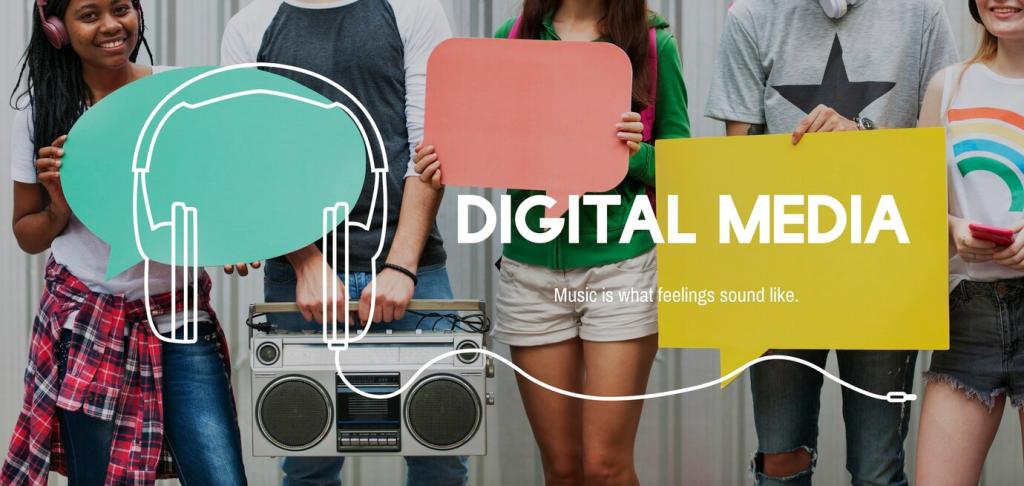
Ethical Considerations in Citizen Journalism: Doing Right While Reporting Fast
Chosen theme: Ethical Considerations in Citizen Journalism. In an age where anyone can publish, ethics turn quick posts into trustworthy reporting. Join us as we explore practical ways to verify, protect, and inform responsibly—then share your experiences and subscribe for ongoing guides and discussions.





Truth, Verification, and Harm Minimization
Even when you witness an event, seek corroboration: a second perspective, official statements, or public records. Cross-check visuals with maps or weather reports. Post confidently by showing your verification steps, and invite readers to challenge or confirm them constructively.
Truth, Verification, and Harm Minimization
A ten-second clip can mislead without background. Add timelines, prior events, and relevant laws. Explain uncertainties and avoid definitive language when facts remain developing. Clear context reduces rumor, protects people involved, and elevates your post from viral snippet to meaningful documentation.
Consent, Privacy, and Vulnerable Subjects

Asking Before Recording
If safe and feasible, ask for permission to film or photograph. Clarify how footage will be used and stored. When consent is unclear, obscure identifying details or avoid publishing entirely. Share your approach in the comments to help others learn respectful practices.

Children and Sensitive Identities
Avoid revealing names, faces, or schools of minors. With sensitive identities—survivors, refugees, or undocumented people—remove geotags and personal clues. Ethical restraint protects lives and honors the principle of doing no further harm while informing the public responsibly.

Geolocation, Doxxing, and Unintended Consequences
A street sign, storefront, or license plate can expose someone’s location. Disable auto-geotags, crop revealing details, and think ahead: could this lead to harassment? Invite readers to share checklists they use to prevent accidental doxxing and similar risks.

Declare Your Lens
State relevant affiliations or experiences that shape your view, such as organizing in a related community. Label commentary versus reporting. Honest framing helps readers interpret your work without guessing your motives or mistaking viewpoint for verified fact.
Separate Advocacy from Evidence
If you advocate, say so. When reporting, anchor claims in documents, data, or eyewitness testimony. Use cautious language for unconfirmed details. Ask readers: where do you draw the line between activism and reporting, and how do you keep evidence front and center?
Money, Perks, and Hidden Influence
Disclose gifts, travel, sponsorships, or employment ties. Even small perks can shift tone or selection. Transparency invites informed trust and helps your community spot potential biases early. Encourage subscribers to hold you accountable when disclosures feel incomplete.

Learn local rules on recording in public, police interactions, and private property limits. Stay calm, document politely, and avoid escalation. Ethical choices protect your access to report future stories and build cooperative relationships in your community.

Use careful wording: say “alleged,” attribute claims, and avoid stating unverified accusations as fact. Link to sources readers can inspect. Ask your audience how you can present allegations responsibly without amplifying misinformation or smearing people unfairly.

Do not obstruct emergency workers or police. Keep a safe distance, follow instructions, and prioritize human life over footage. Ethical reporting means knowing when to step back, even if it costs a dramatic shot or viral moment.
Visual Ethics: Photos, Video, and AI Manipulation
When showing violence or injury, provide content warnings, blur graphic details, and offer context explaining why publication serves the public interest. Invite readers to opt in, not be ambushed, and share feedback about respectful presentation standards.
Visual Ethics: Photos, Video, and AI Manipulation
Avoid manipulative edits. Basic adjustments are fine; adding or removing elements is not. Note when images are cropped or filtered. Preserve metadata where legal and safe. Captions should explain who, what, when, where, and how the image was verified.


Building Ethical Habits and Community Standards
A Personal Ethics Checklist
Draft a pre-post checklist: verification steps, consent review, privacy sweeps, and risk assessment. Share a template, adapt it collaboratively, and update as new challenges emerge. Ask subscribers to propose additions that make your checklist stronger and clearer.
Peer Review in the Comments
Encourage readers to question claims respectfully and provide sources. Highlight constructive critiques and show changes you made afterward. Turning comments into a peer-review lab raises quality, builds trust, and transforms followers into partners in ethical reporting.
Subscribe, Learn, and Evolve Together
Subscribe for case studies, quick guides, and monthly ethical drills. Share your dilemmas, and we will workshop them as a community. Ethical citizen journalism is a practice, not a destination—and your voice makes it smarter, kinder, and more reliable.
